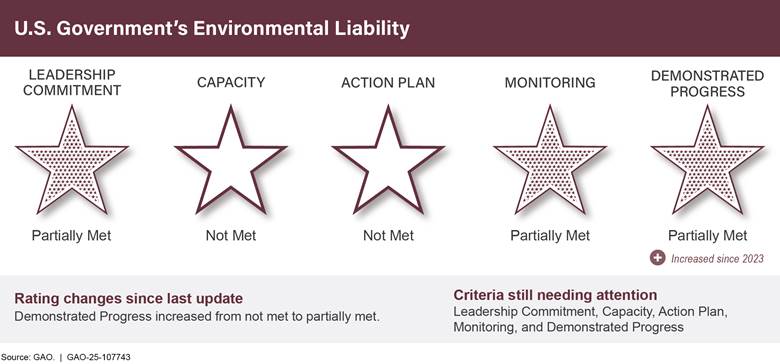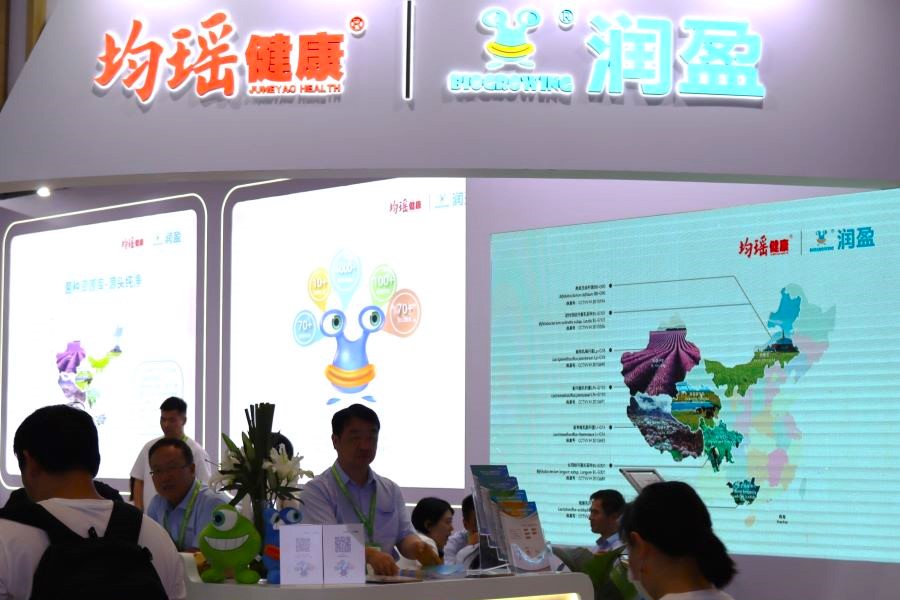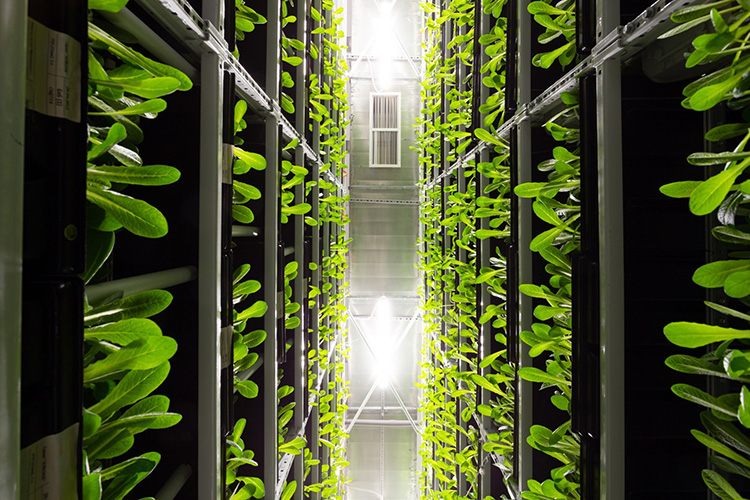
Hurry up slowly! Good preparation is half the battle
Scientists, anglers, and fishermen stress the importance of restoring entire ecosystems before stocking can proceed. This includes the restoration of spawning habitats, which are crucial for all ecophysiological groups of fish and vertebrates in the Oder River. It is also necessary to restore populations of aquatic invertebrates, which serve as a food base for fish and indicate water quality. The question arises whether gene banks should be established for aquatic organisms other than fish.
Better to have and not use than to need and not have
While some organisms are naturally resistant to toxins, various factors such as habitat loss, climate change, alien species invasions, and overexploitation harm all species. Therefore, it is important to plan gene banks for plants, animals, and microorganisms that are crucial to the ecosystems and local economy of the Oder River.
Gene banks for macrophytes
Macrophytes, which include various plants and self-living protists, play a significant role in assessing water status. Preserving their gene resources requires different techniques, such as raising them in aquariums and aquaterraria. However, preserving generative diasporas and in vitro cultures can be challenging, especially for species with seeds that are sensitive to drying or freezing.
Nevertheless, Polish botanical gardens have successfully preserved seeds of several species of emergent macrophytes and helophytes, including Dagger’s nematode, peat swamp, brown hellebore, and alpine woolly adelgid. They have also developed cryopreservation methods for spores and gametophytes of ferns.
Gene banks for aquatic macroinvertebrates
Restoring natural conditions is often not enough for extinct local species to return to the ecosystem. Therefore, it is important to draw on the experience of successful restorations of macroinvertebrate species such as river pearl mussels, native river crayfish, mudskippers, long-tailed mayflies, certain forkbeards, and dragonflies.
However, the participation of freshwater macroinvertebrates in restoration programs is relatively low compared to fish, birds, and mammals. This is due to various factors, including underestimation of their ecosystem services, lack of gene banks, and insufficient conservation collections for reintroduction purposes.
Developing methods for freezing invertebrates can be the key to preserving them, including in vitro cultures, survival stages adapted to winter conditions, and gametes, eggs, zygotes, embryos, and larvae of frost-sensitive species.
A long road to Noah’s Ark for Oder
Gene banks have been a dream of mankind for centuries. However, they are not as productive as traditional banks. Preserving rare species requires careful selection of optimal habitats, specimens with optimal genotypes and phenotypes, and precautions against the transfer of pathogens or invasive species.
Polish scientists and activists have unique experience in the long-term collection of macrophyte gene resources and are increasingly focusing on conservation breeding of overlooked invertebrates, fish, and amphibians. The creation of gene banks and the restoration of ecosystems are crucial for the preservation of biodiversity in the Oder River.
Let’s hope that the Odessa Noah’s Ark will be built before another disaster occurs!
SDGs, Targets, and Indicators
SDGs Addressed or Connected to the Issues Highlighted in the Article:
- SDG 14: Life Below Water – The article discusses the need for gene banks to preserve aquatic organisms, such as fish, macrophytes, and macroinvertebrates, which are important for the Oder River’s ecosystem.
- SDG 15: Life on Land – The article emphasizes the importance of restoring entire ecosystems and habitats for the successful restoration and conservation of various organisms, including plants and animals.
Specific Targets Based on the Article’s Content:
- Target 14.2: By 2020, sustainably manage and protect marine and coastal ecosystems to avoid significant adverse impacts, including by strengthening their resilience, and take action for their restoration, to achieve healthy and productive oceans – The article highlights the need for restoration of spawning habitats and populations of aquatic invertebrates, which are crucial for the health and productivity of the Oder River’s ecosystem.
- Target 15.5: Take urgent and significant action to reduce the degradation of natural habitats, halt the loss of biodiversity, and protect and prevent the extinction of threatened species – The article emphasizes the need for gene banks to preserve and protect rare and endangered plants, animals, and microorganisms that are crucial to the Oder River’s ecosystems.
Indicators Mentioned or Implied in the Article:
- Indicator 14.2.1: Proportion of national exclusive economic zones managed using ecosystem-based approaches – The article discusses the need for ecosystem-based restoration and management of marine and coastal ecosystems, including the restoration of spawning habitats and populations of aquatic invertebrates.
- Indicator 15.5.1: Red List Index – The article mentions the need to prevent the extinction of threatened species and highlights the importance of gene banks in preserving and protecting rare and endangered plants, animals, and microorganisms.
Table: SDGs, Targets, and Indicators
| SDGs | Targets | Indicators |
|---|---|---|
| SDG 14: Life Below Water | Target 14.2: By 2020, sustainably manage and protect marine and coastal ecosystems to avoid significant adverse impacts, including by strengthening their resilience, and take action for their restoration, to achieve healthy and productive oceans | Indicator 14.2.1: Proportion of national exclusive economic zones managed using ecosystem-based approaches |
| SDG 15: Life on Land | Target 15.5: Take urgent and significant action to reduce the degradation of natural habitats, halt the loss of biodiversity, and protect and prevent the extinction of threatened species | Indicator 15.5.1: Red List Index |
Note: The indicators mentioned in the table are examples and may not cover all possible indicators relevant to the issues discussed in the article.
Source: wodnesprawy.pl







